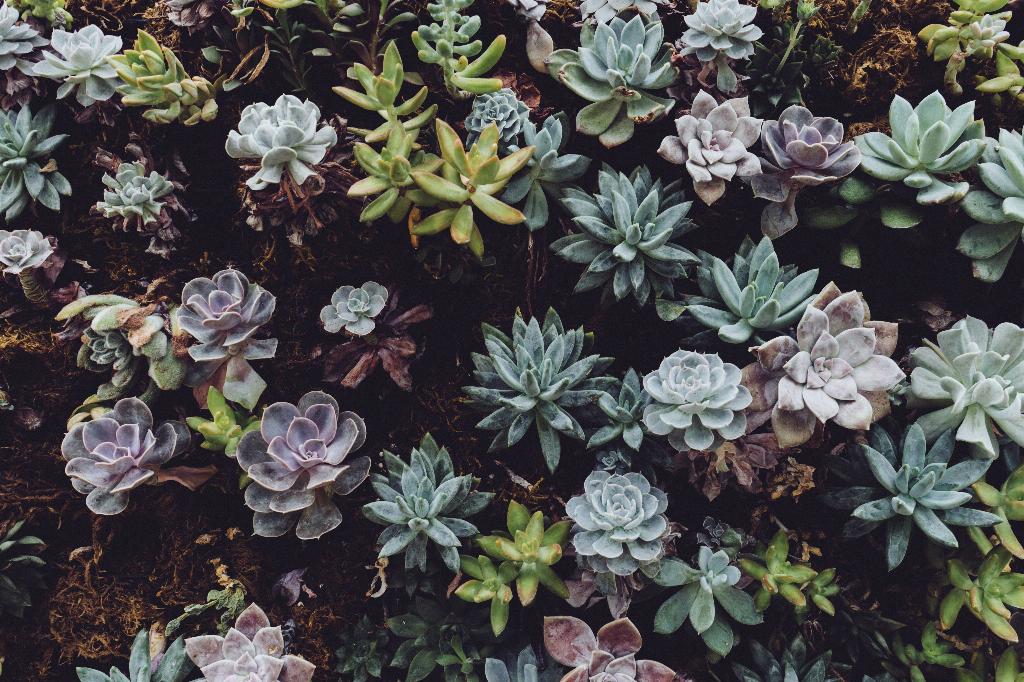When it comes to the fascinating world of succulents, one of the most intriguing aspects is how these hardy plants reproduce. Succulents have evolved various methods of reproduction, allowing them to thrive and propagate in diverse environments. In this article, we will delve into the intricate process of succulent reproduction, exploring both sexual and asexual methods that these plants employ to create new offspring.
Sexual Reproduction in Succulents
Sexual reproduction in succulents primarily involves the formation of seeds. Unlike many other plants, succulents produce flowers that eventually develop into seed pods. These seeds carry genetic material from both parent plants, resulting in offspring that exhibit a unique combination of traits. Succulents have adapted to produce seeds that are well-suited for dispersal through various means, ensuring the survival and spread of their species.
Asexual Reproduction in Succulents
While sexual reproduction ensures genetic diversity, succulents also utilize asexual methods of propagation to efficiently multiply and expand their population. Asexual reproduction in succulents involves the production of clones that are genetically identical to the parent plant. This process is commonly achieved through stem cuttings, leaf cuttings, and offsets.
Stem Cuttings: A Common Asexual Propagation Method
Stem cuttings are a popular method of asexual reproduction in succulents. This technique involves taking a cutting from the stem of a mature plant and allowing it to dry and callus before planting it in well-draining soil. Over time, the cutting will develop roots and eventually grow into a new plant, mirroring the characteristics of the parent plant.
Leaf Cuttings: Harnessing the Regenerative Power of Leaves
Leaf cuttings offer another simple yet effective way to propagate succulents. By carefully detaching a leaf from a healthy plant and placing it on moist soil, roots will begin to sprout from the underside of the leaf while a new plantlet emerges from the base. This method showcases the remarkable regenerative abilities of succulent leaves.
Offsets: Nature’s Built-In Propagation Mechanism
Offsets, also known as pups or plantlets, are miniature versions of the parent plant that develop adjacent to the main plant. These offshoots can be gently removed and planted independently to establish new plants. Offsets serve as a natural form of propagation, enabling succulents to reproduce rapidly and effortlessly.
Environmental Factors Impacting Succulent Reproduction
Various environmental factors influence the reproductive success of succulents. Factors such as temperature, light exposure, soil composition, and water availability can significantly impact the growth and development of succulent offspring. By understanding these environmental considerations, growers can optimize conditions for successful succulent reproduction.
Human Intervention in Succulent Reproduction
Humans have played a transformative role in the propagation of succulents. Through selective breeding, hybridization, and controlled cultivation practices, horticulturalists have developed numerous cultivars with unique characteristics and traits. These human interventions have expanded the diversity of succulent species available to enthusiasts and collectors.
Challenges in Succulent Reproduction
While succulents are known for their resilience and adaptability, certain challenges can arise during the reproduction process. Factors such as pest infestations, diseases, and environmental stressors may hinder the successful propagation of succulents. To overcome these challenges, growers must closely monitor their plants and provide optimal care and protection.

Conclusion: Embracing the Diversity of Succulent Reproduction
In conclusion, succulents exhibit a remarkable array of reproductive strategies that enable them to thrive in diverse habitats and conditions. From sexual reproduction through seeds to asexual propagation via cuttings and offsets, succulents showcase nature’s ingenuity and adaptability. By exploring and understanding the intricacies of succulent reproduction, enthusiasts can deepen their appreciation for these captivating plants and actively participate in their propagation and conservation efforts.
